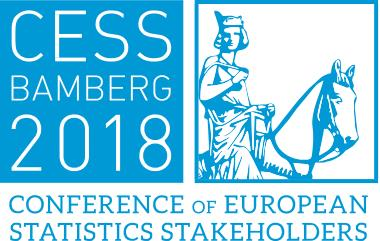Since policy advice is becoming increasingly supported by data resources [1], public organisations are leveraging the use of these resources to inform decisions. In this context, supporting data analytics, which aims eventually at extracting valuable information from data to use in intelligent ways by means of advanced statistical and computational techniques [2], offers big opportunities – and challenges – for enhanced insight and decision-making [3]. Data analytics draws not only on existing and new sources of ever-growing data, it builds also on new methodologies and emerging Information and Communication Technologies tools, and advances thanks to innovative initiatives. In particular, with increased availability of open data, new developments in open technologies and recent breakthroughs in data science2, it is believed that data analytics can help improve current governance processes by enabling policy-driven data-informed evidence-based decision-making and potentially reduce the bias, costs and risks of policy decisions [4][5]. Eventually, it seems very logical, and appealing, to deploy complement the statistical offices' toolbox with data analytics tools. Still, the development and deployment of such tools will need sound judgment as an abundance of data and computing power does not automatically guarantee good decision-making.
Nowadays political decisions are expected to be accompanied by the access to the data analysed, the detailed information about the sources, the underlying assumptions (models and methods) and also the tools (software) used to support the decision3 [4]. At the time where the citizens’ demands for more transparency in the EU institutions are growing, it also underpins the movement towards not only more open, transparent and defensible [5], but also more participative decision-making systems. In the context of a "post-truth" society, data analytics presents substantial promises for E-government, openness and transparency, and the interaction between governments and produsers, e.g. statisticians, scientists and also citizens [1]. Additionally, it is also necessary to create a framework to provide produsers with the ability to both perform the analysis and repeat it with different hypotheses, parameters, or data, hence translating questions that are asked into a series of well-understood computational methods [3][6].
While the importance of openness and transparency in statistical processes [6][7], and how these can be supported through open algorithms and open data [4][5], has been 2
already emphasized, this contribution aims at showcasing an approach similar to [8] where algorithms and data are delivered as interactive, reusable and reproducible computing services. This will eventually provide produsers with the necessary tools to perform, for themselves, data analytics on Eurostat data in a straightforward manner.
